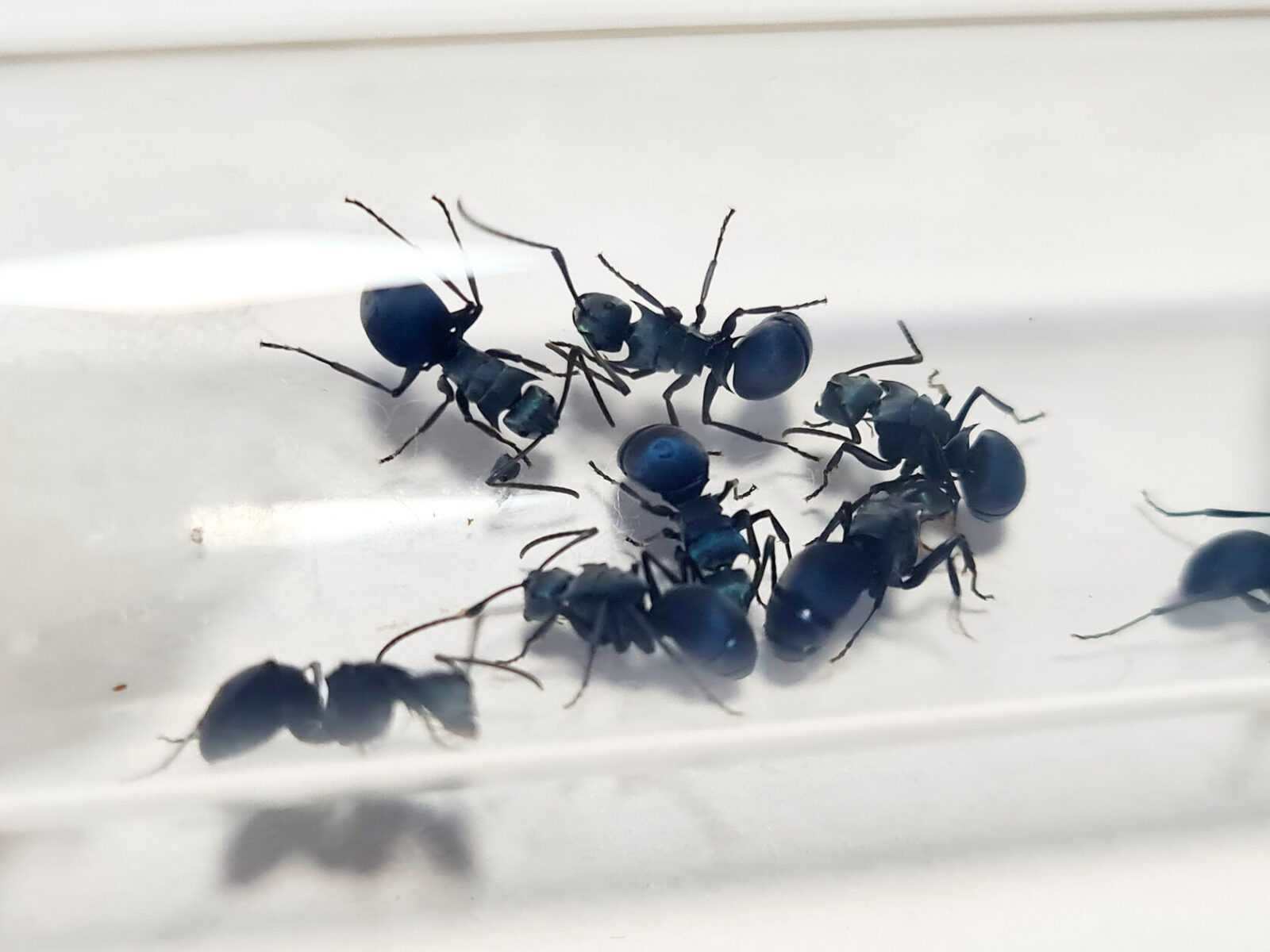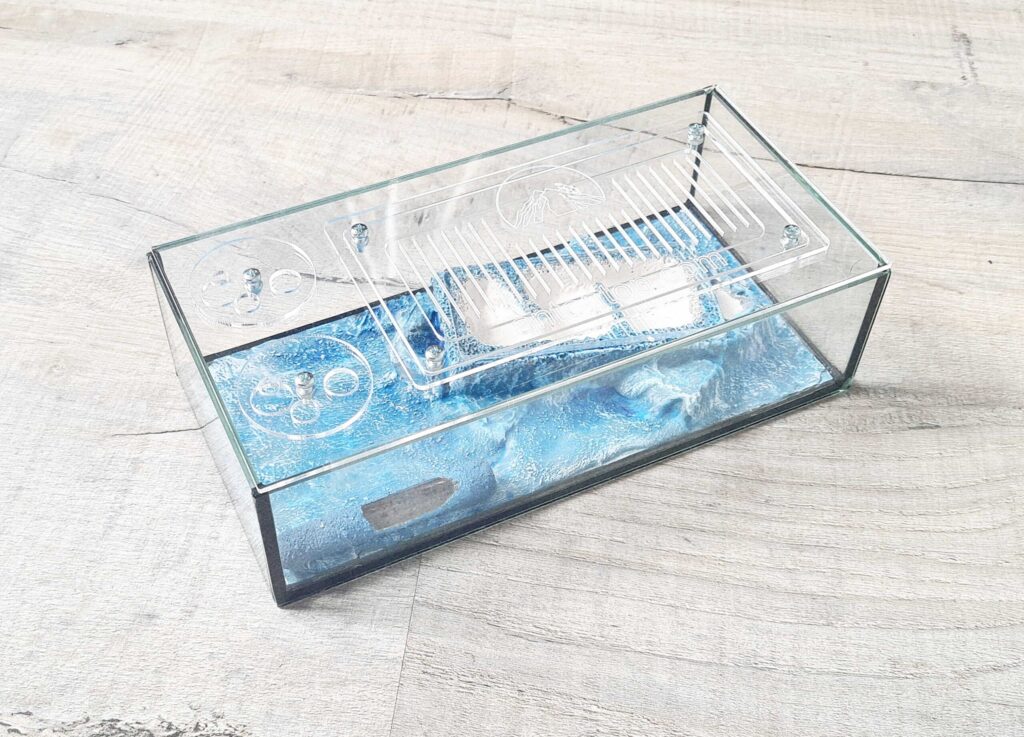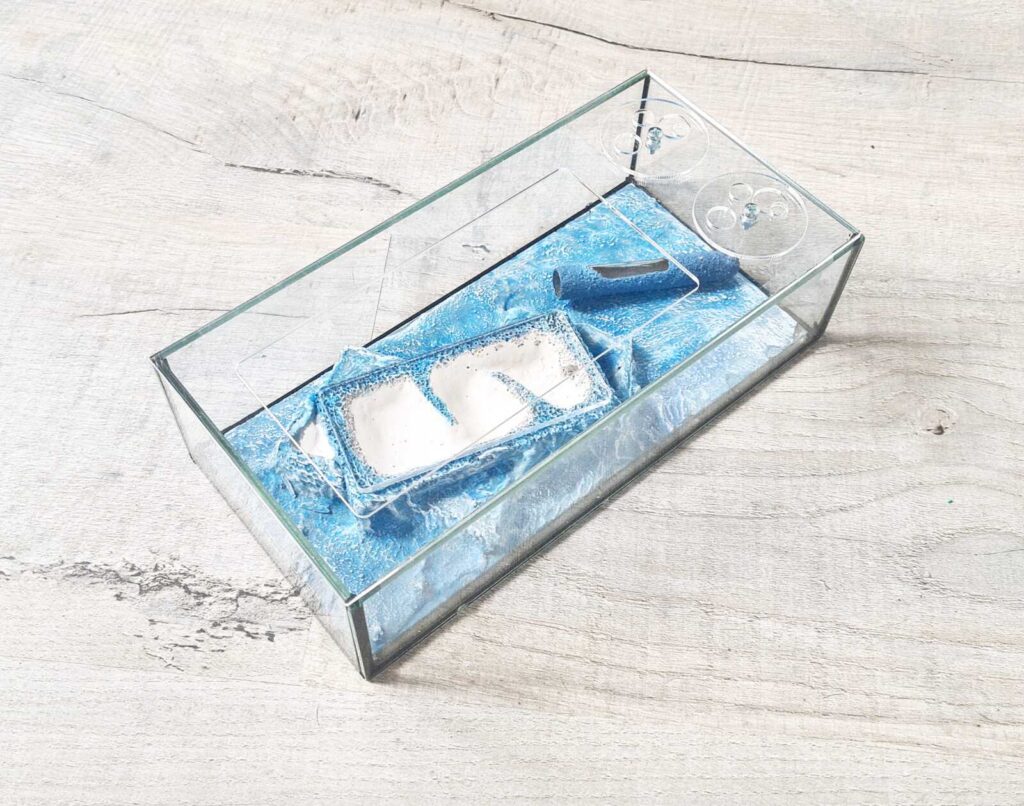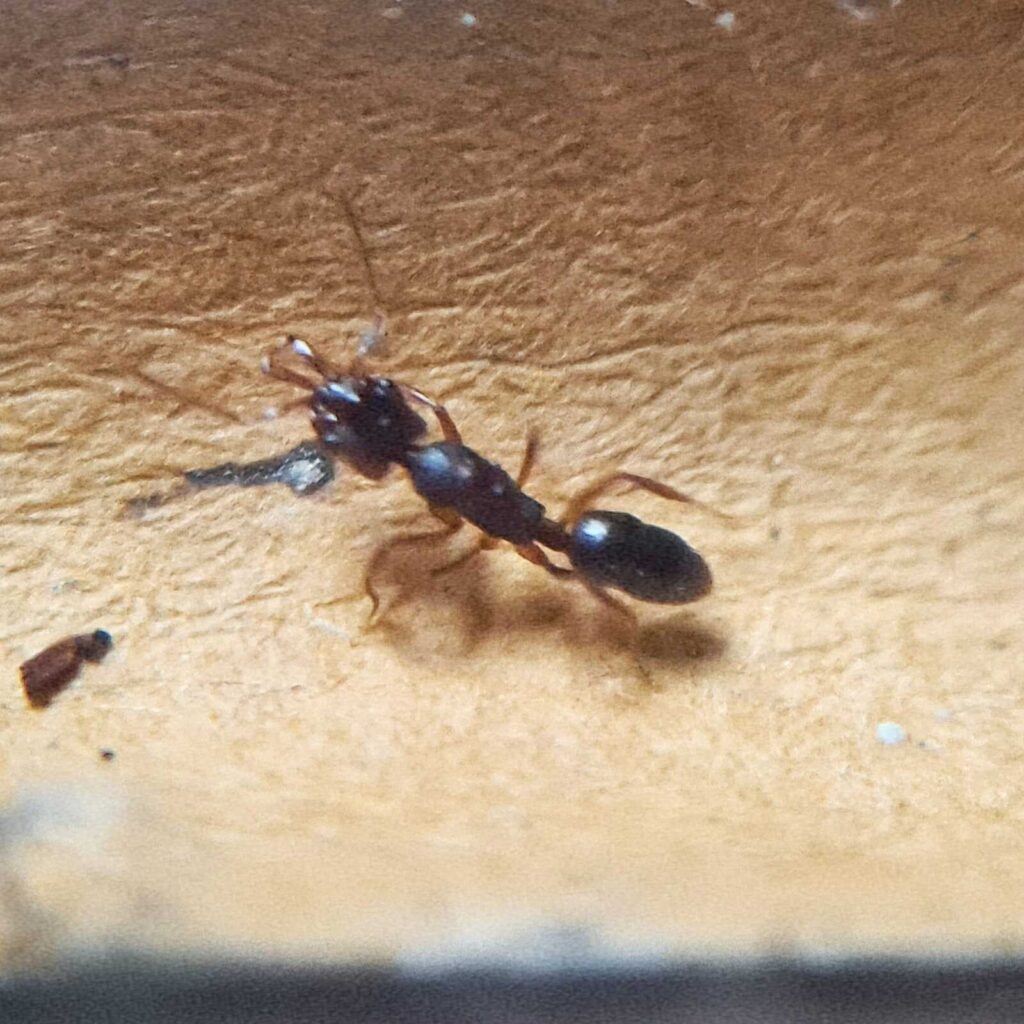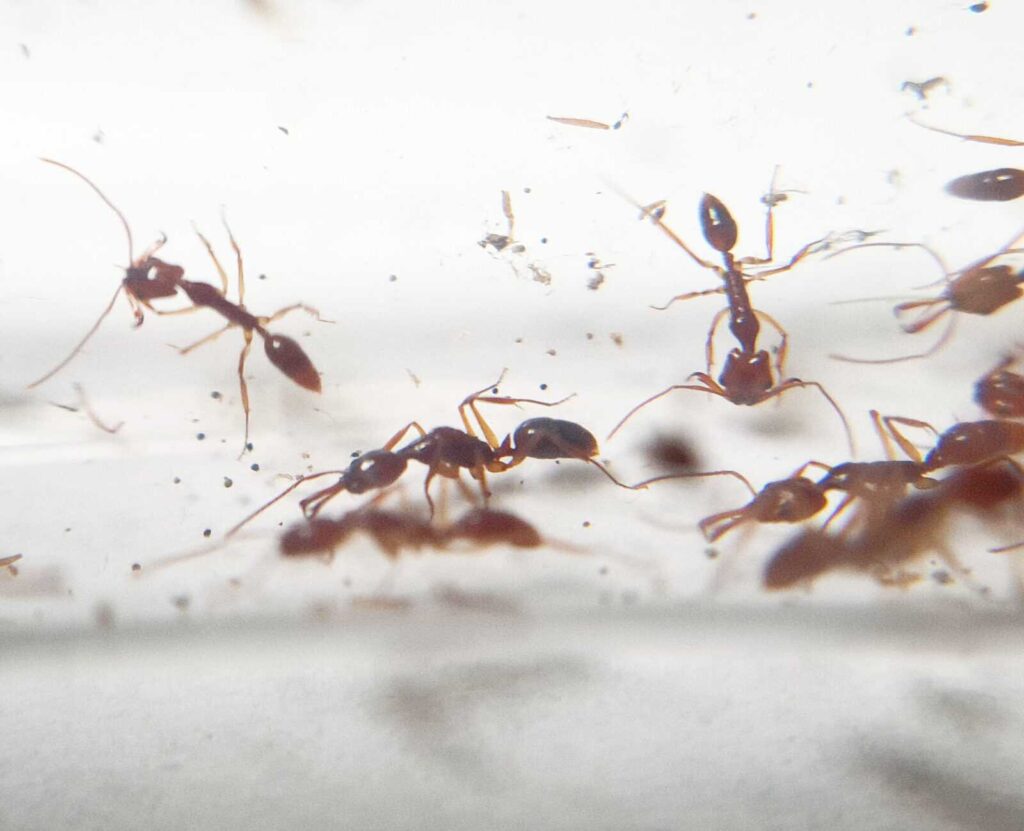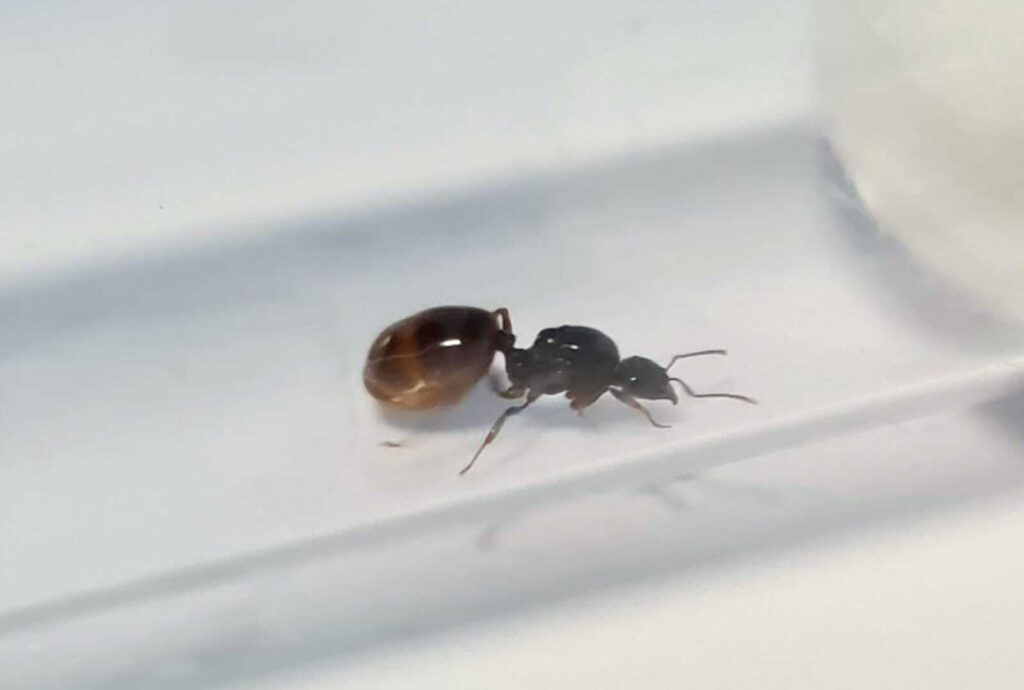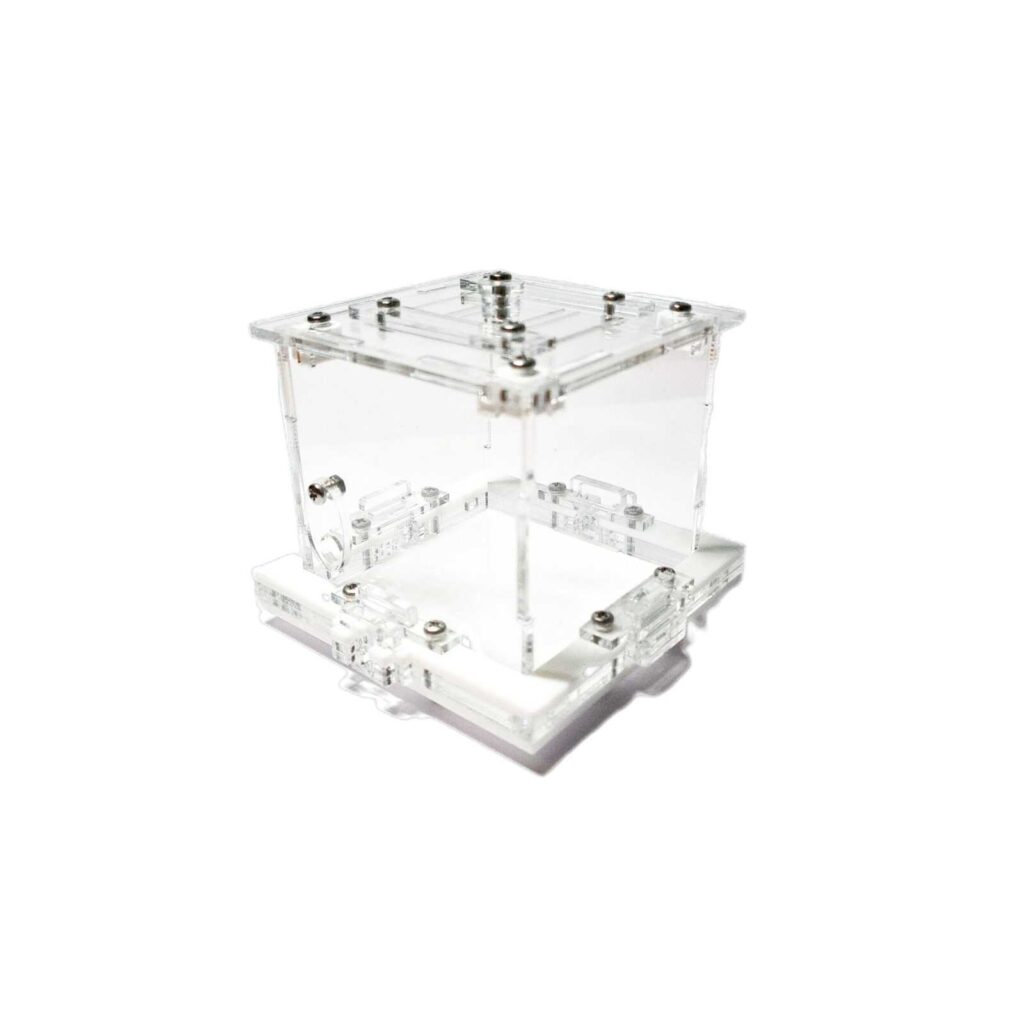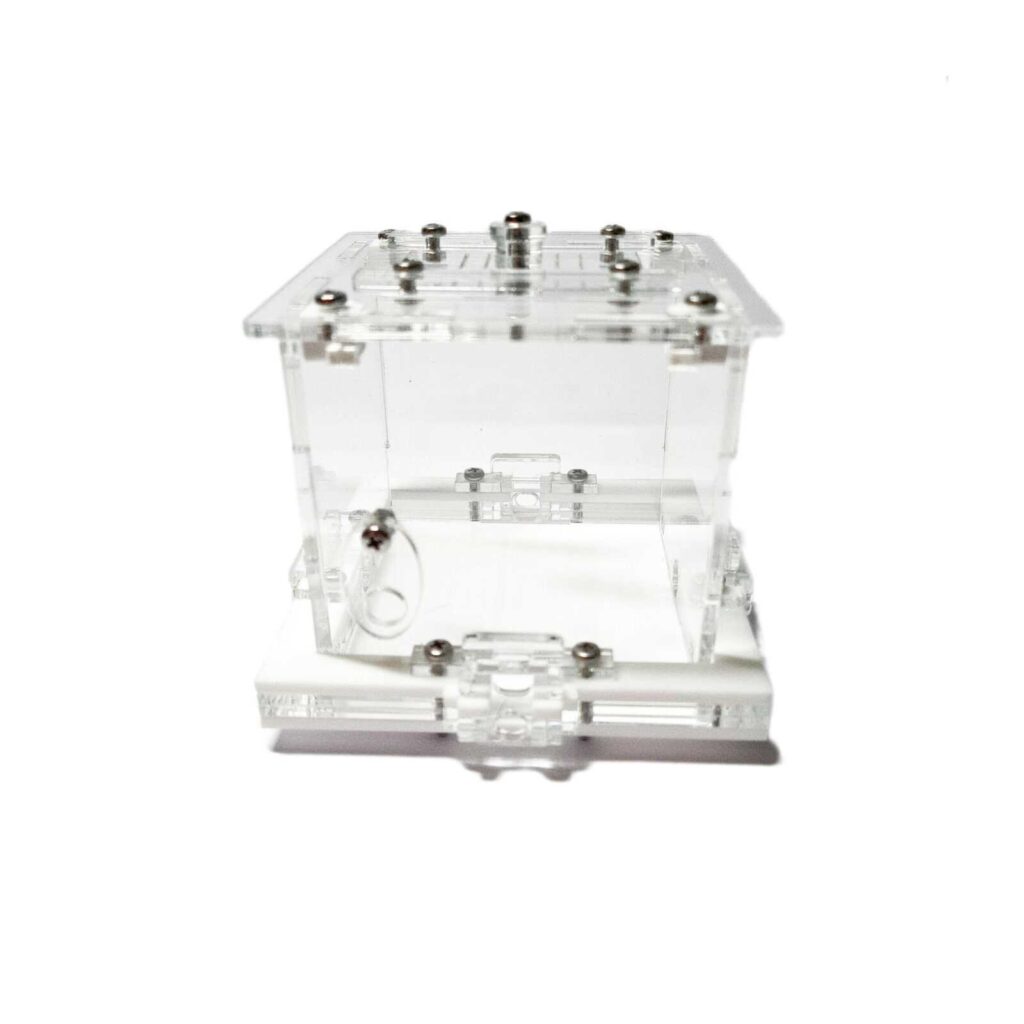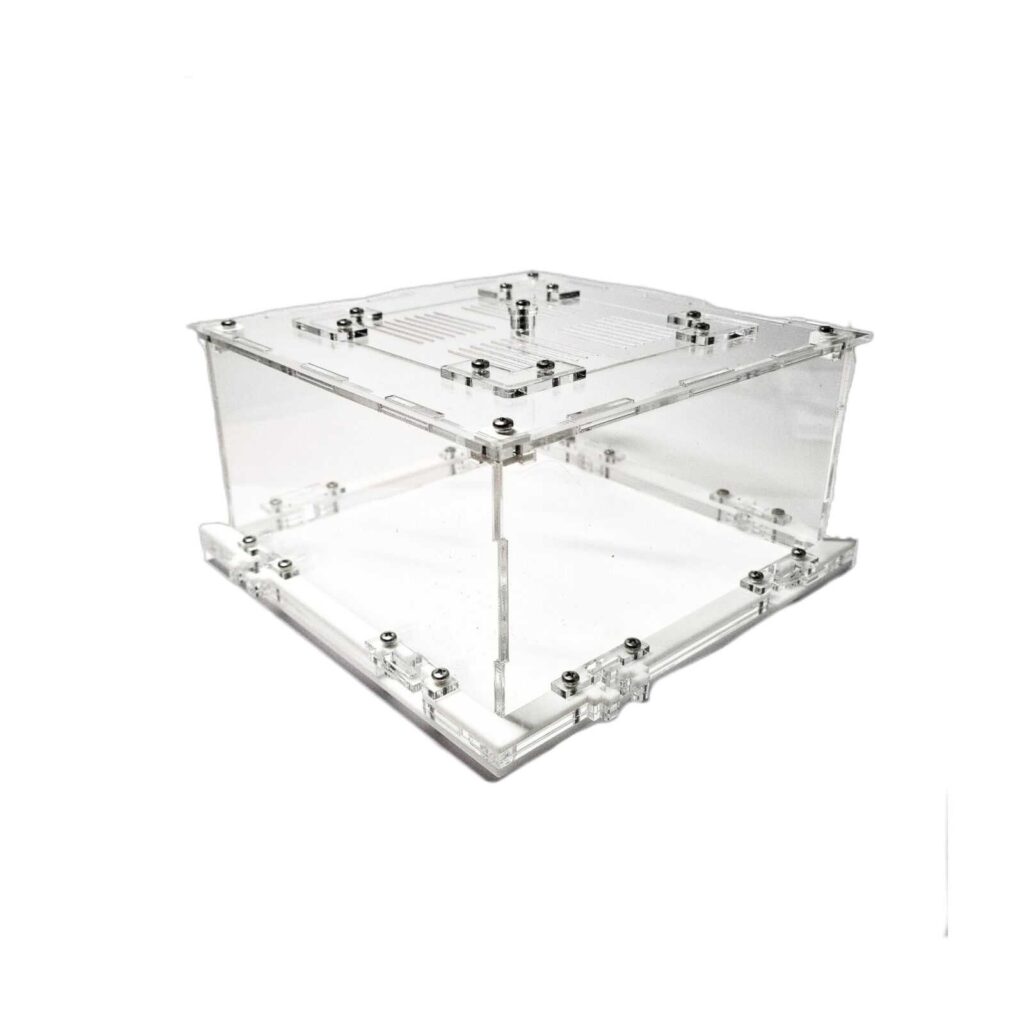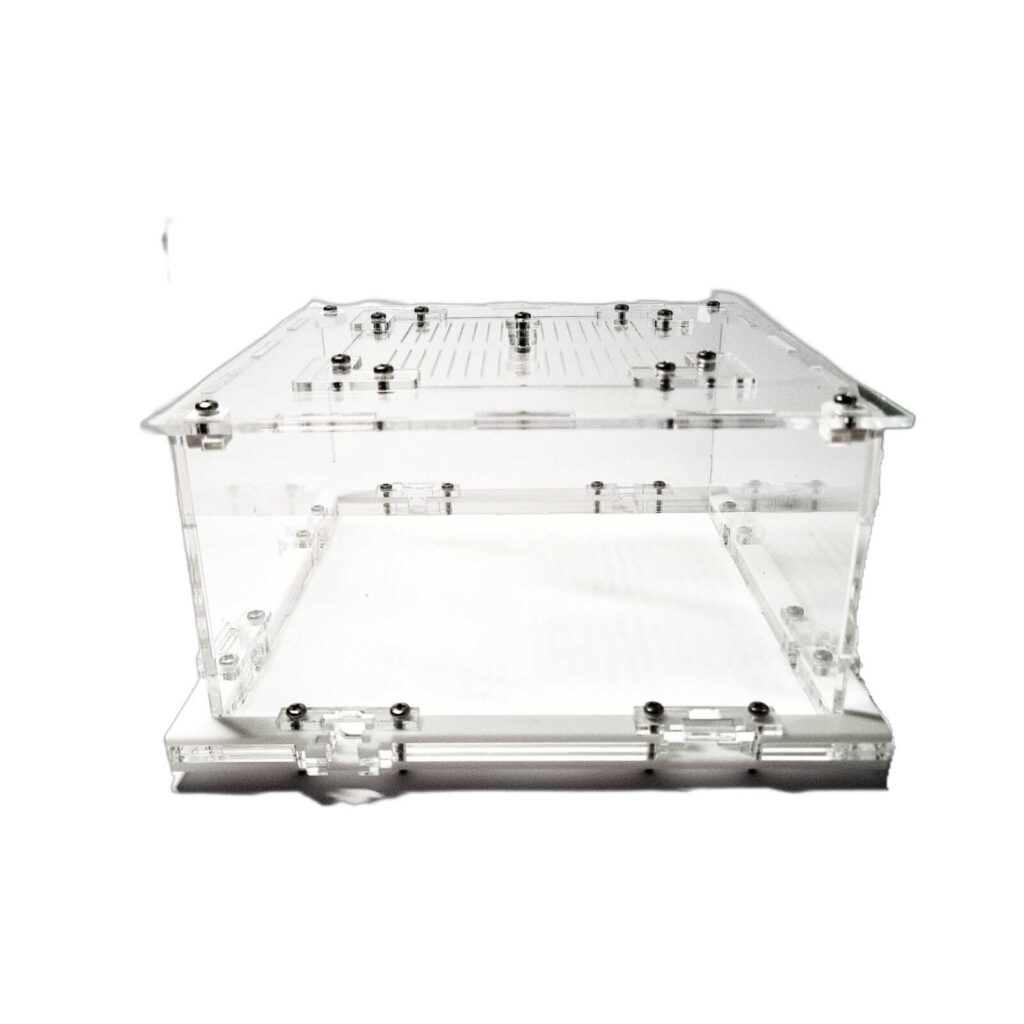
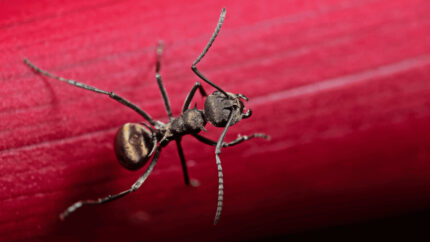
Polyrhachis cyaniventris
1279,90 zł
Worldwide shipping
Free delivery over 500 PLN
The highest quality of goods
Live delivery guarantee
24/7 Personal Support
Fair Prices
Description
Polyrhachis cyaniventris is a monogynous ant species with a colony size of up to 5000 workers. They have a fast development speed and are approximately 11-14mm for the queen and 8-11mm for the workers. These ants have a blue color and their nutrition consists of food insects, syrup, fruits, vegetables, jelly, and cooked chicken without salt. They require a humid environment.
Additional information
| Behavior | |
|---|---|
| Difficulty in breeding | |
| Origin | |
| The size of ants | |
| Wintering |
Polyrhachis cyaniventris
Polyrhachis cyaniventris is a species of ant known for its unique characteristics and fascinating behavior. This monogynous ant colony can grow to a size of up to 5000 workers. With its fast development speed, this ant species is truly remarkable.
Colony Type and Size
Colony Type: Monogyny
Colony Size: Up to 5000 workers
Development Speed: medium
Size and Color:
- Queen: 11-14 mm
- Workers: 8-11 mm
Color: blue
Nutrition
- Food insects (such as cockroaches and crickets) dead, or live if colony is big
- Syrup (a mixture of water and honey or sugar, with a ratio of 4/3 water:1)
- Fruits and vegetables
- Jelly
- Cooked chicken without salt, shrimps
- Honey
Don’t forget to check out our food products to ensure a well-balanced diet for your colony!
Humidity and Temperature
- Humidity: Arena: 50-70%, Nest: 70-90%
- Temperature: Arena: 24-30 °C, Nest: 22-28 °C
Behavior
One of the notable traits of Polyrhachis cyaniventris is their cautious and secretive nature. When faced with danger, these ants withdraw instead of panicking. This behavior allows them to protect themselves effectively and ensure the survival of their colony.
Recommended Nests for Breeding
To successfully breed Polyrhachis cyaniventris ants, it is recommended to provide them with nests made of acrylic, cork, plaster, or aerated concrete. These materials provide the ideal environment for the ants to build their colony and flourish.
Creating the Perfect Habitat
Now that you have learned more about Polyrhachis cyaniventris, it’s time to create the perfect habitat for these fascinating ants. By understanding their needs and providing the right conditions, you can ensure the health and prosperity of your colony.
Nest Setup
When setting up the nest for Polyrhachis cyaniventris, it’s important to consider the materials. Acrylic, cork, plaster, and aerated concrete are all excellent choices. These materials offer the necessary stability and insulation for the colony to thrive. Additionally, consider the size of the nest. As Polyrhachis cyaniventris colonies can grow to be as large as 5000 workers, ensure that the nest is spacious enough to accommodate their growth.
Creating the Right Environment
Humidity plays a vital role in the survival of Polyrhachis cyaniventris ants. Maintain the humidity levels in their nest between 70-90%, while the arena should have a humidity range of 50-70%. This can be achieved by misting the nest regularly and providing a water source in the arena.
Temperature is another crucial factor to consider. The arena should be kept at a consistent temperature of 26-30°C, while the nest should provide a range of 22-30°C. Use a heating mat or lamp to regulate the temperature and ensure the ants’ comfort and well-being.
Feeding Polyrhachis Cyaniventris
Proper nutrition is essential for the health and development of Polyrhachis cyaniventris ants. Their primary source of food is food insects such as cockroaches and crickets. You can obtain these insects from pet stores or breed them yourself. It’s important to ensure that the food insects are free from harmful chemicals or pests.
In addition to food insects, Polyrhachis cyaniventris ants also enjoy syrup made from a mixture of water and honey (with ratios of 4:1 or 3:1). This syrup provides them with the necessary carbohydrates for energy. Other suitable food options include fruits, vegetables, jelly, and cooked chicken without salt.
Observing Polyrhachis Cyaniventris
Once you have created the ideal habitat for Polyrhachis cyaniventris, you can start observing these fascinating creatures up close. Set up an observation area near their nest, allowing you to witness their behaviors and daily routines.
Take the time to watch how they interact with each other, how they care for their queen, and how they forage for food. You may even witness their organized lines as they navigate their surroundings. By observing their behaviors, you can gain a deeper understanding of these intelligent and complex creatures.
Conclusion
Polyrhachis cyaniventris ants are a truly remarkable species. Their monogynous colonies can reach impressive sizes of up to 5000 workers. With their fast development speed and unique blue color, they are a sight to behold.
By providing the right conditions, such as suitable nests made of acrylic, cork, plaster, or aerated concrete, maintaining optimal humidity and temperature, and providing a nutritious diet, you can create a thriving habitat for Polyrhachis cyaniventris ants. Take the time to observe their behaviors and marvel at their incredible adaptations.
Start your journey into the world of Polyrhachis cyaniventris today and witness the beauty and complexity of this fascinating ant species. For more information on ants, visit AntOnTop.com.


